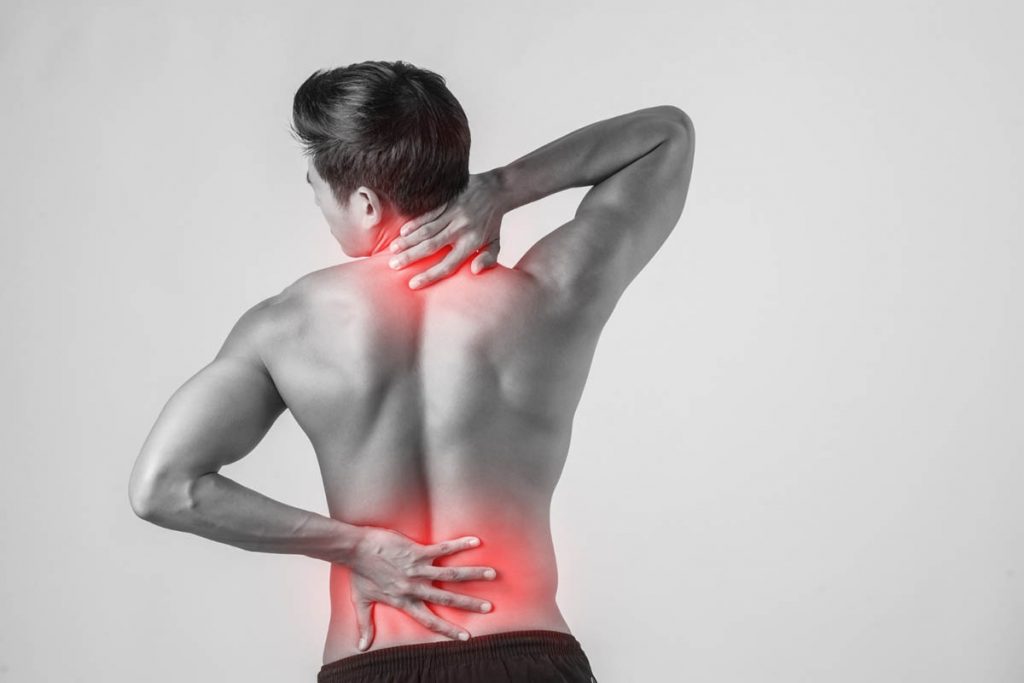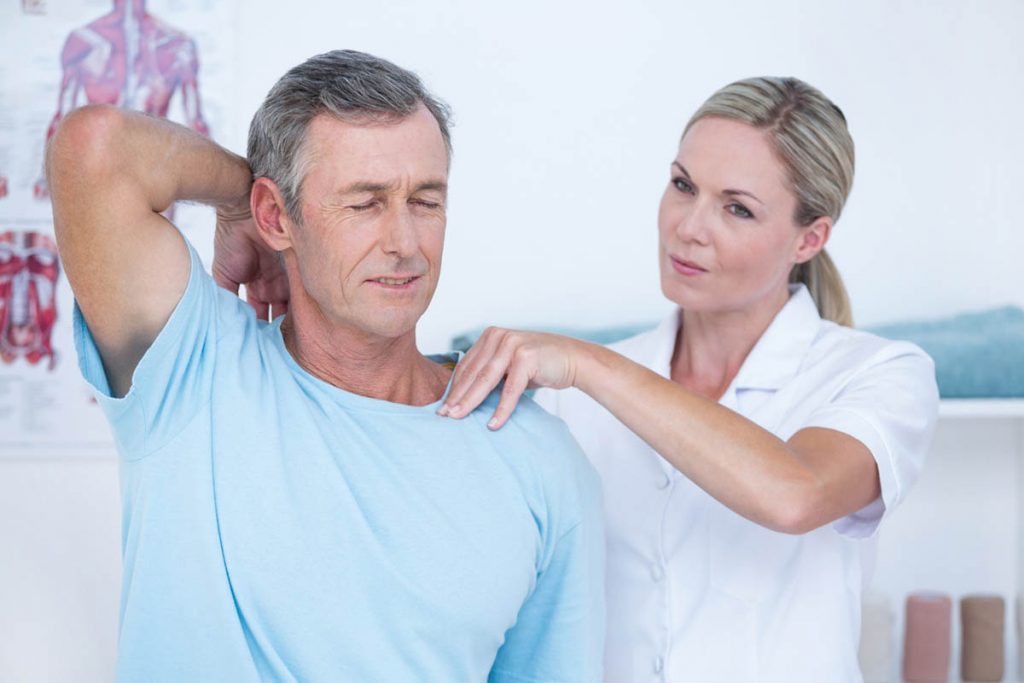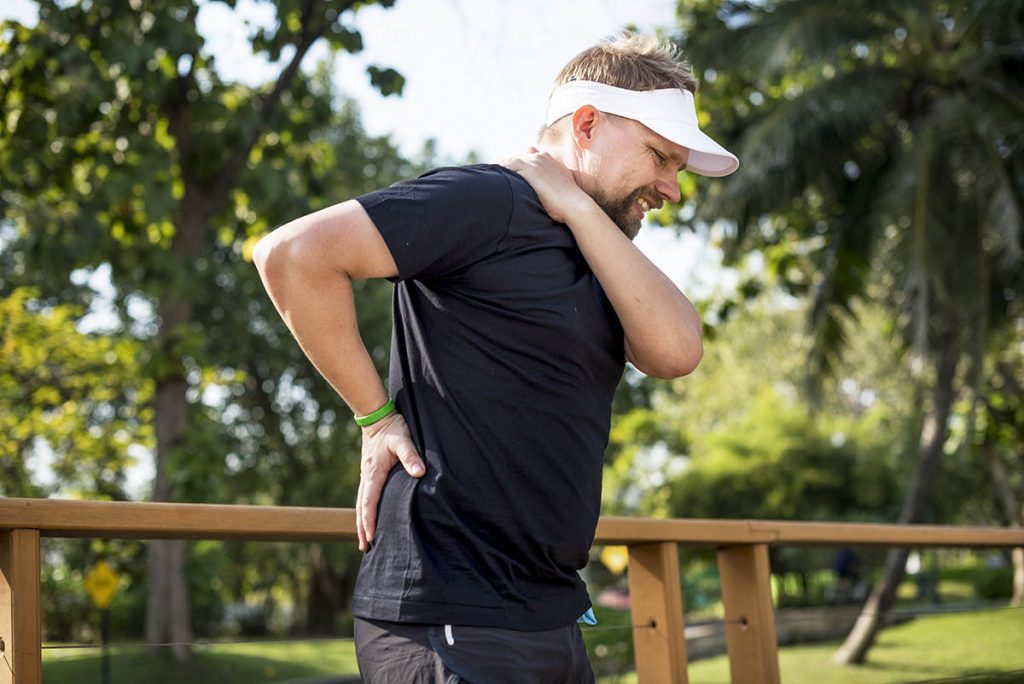Middle Back Pain: Causes, Symptoms, and Effective Treatments
Middle back pain, also known as thoracic spine pain, is a common condition that affects a significant portion of the population. Although it is not as prevalent as lower back pain, chronic middle back pain still affects many adults, with some studies indicating a prevalence rate of nearly 20%. Understanding the causes and symptoms of […]
Middle Back Pain: Causes, Symptoms, and Effective Treatments Read More »




